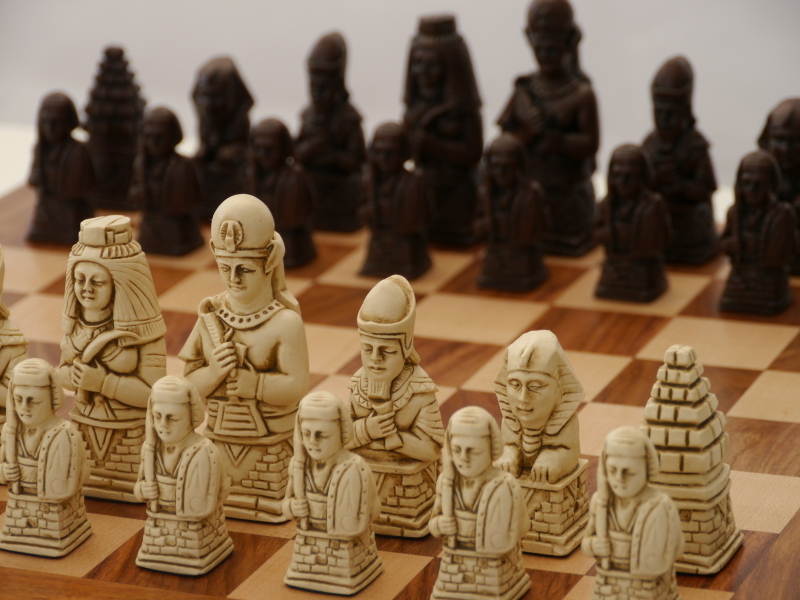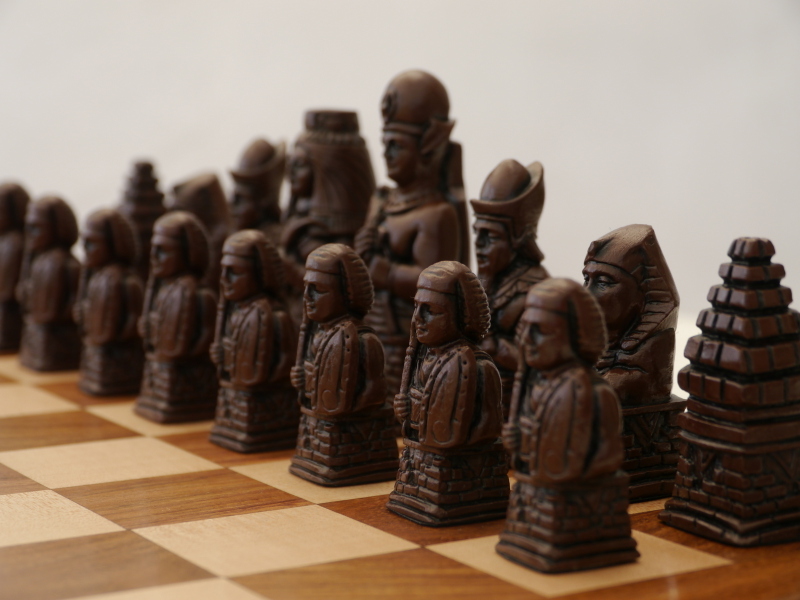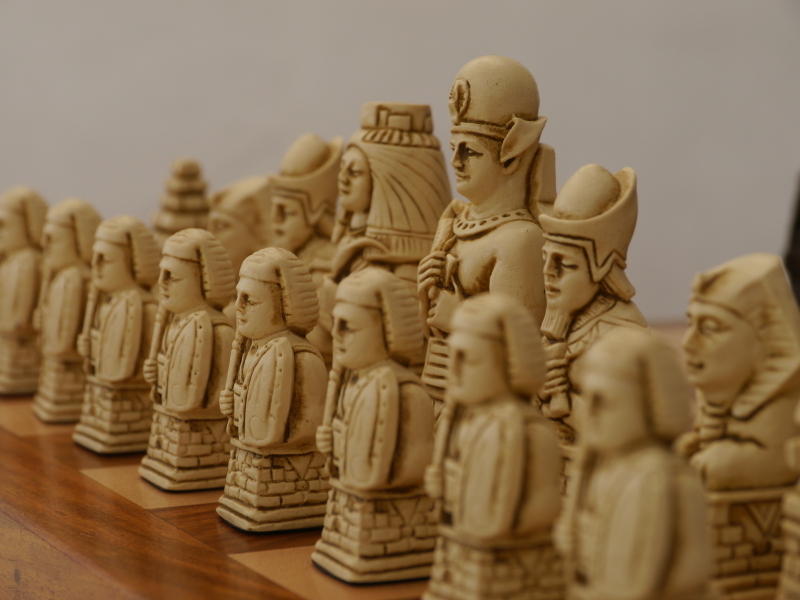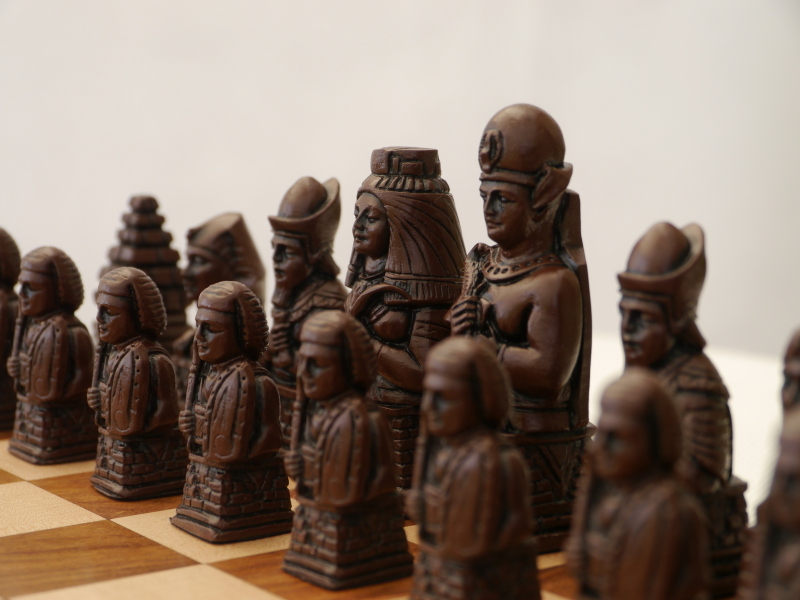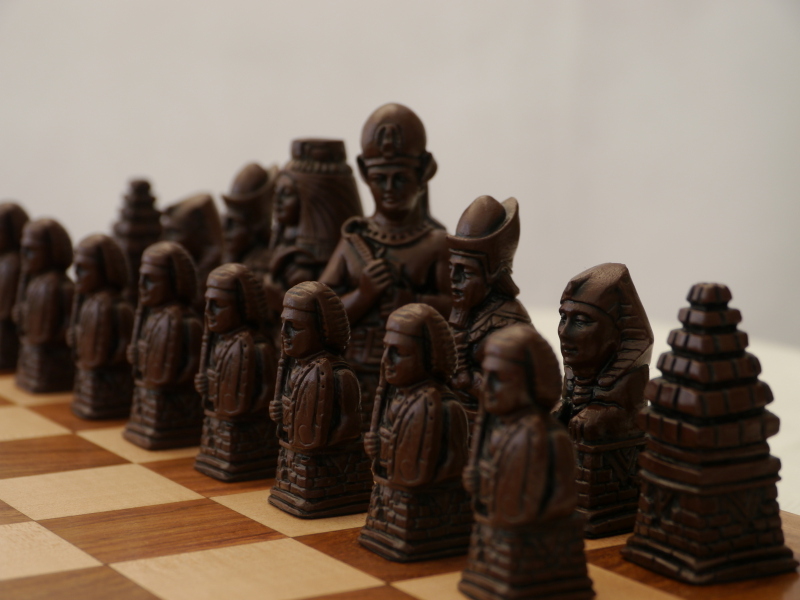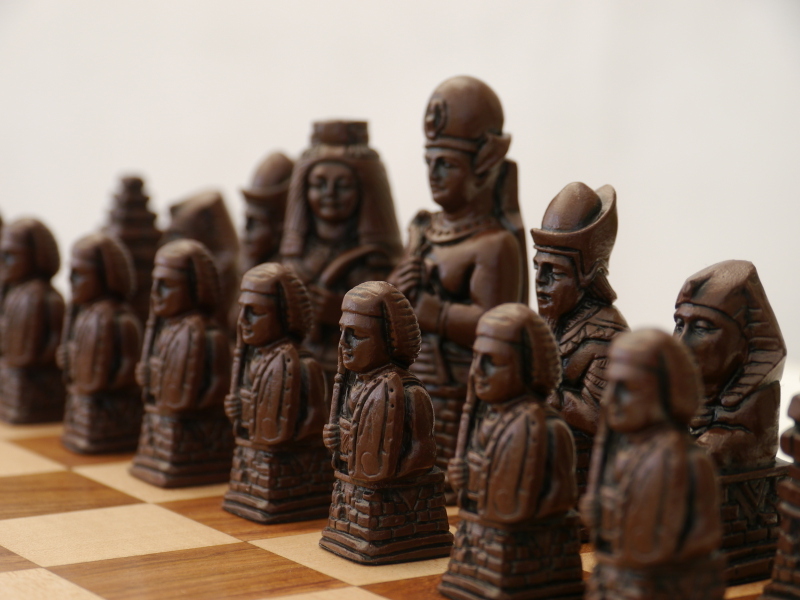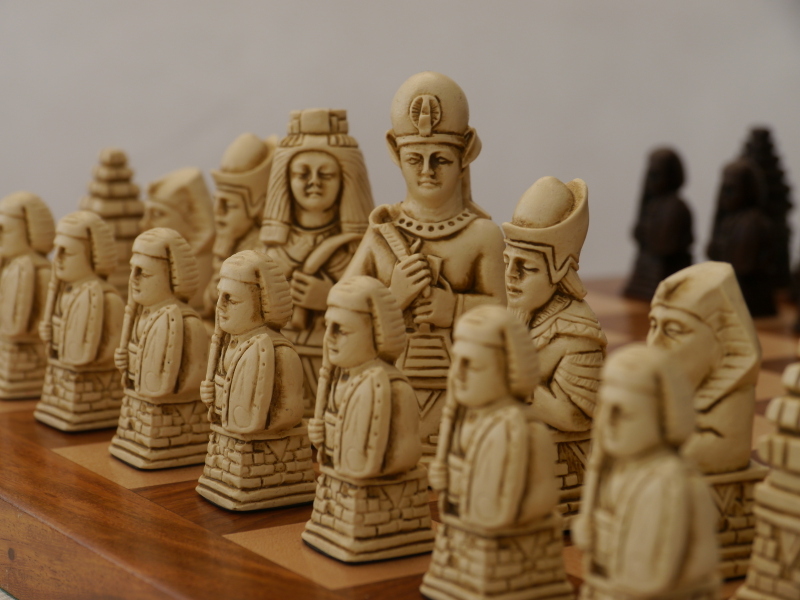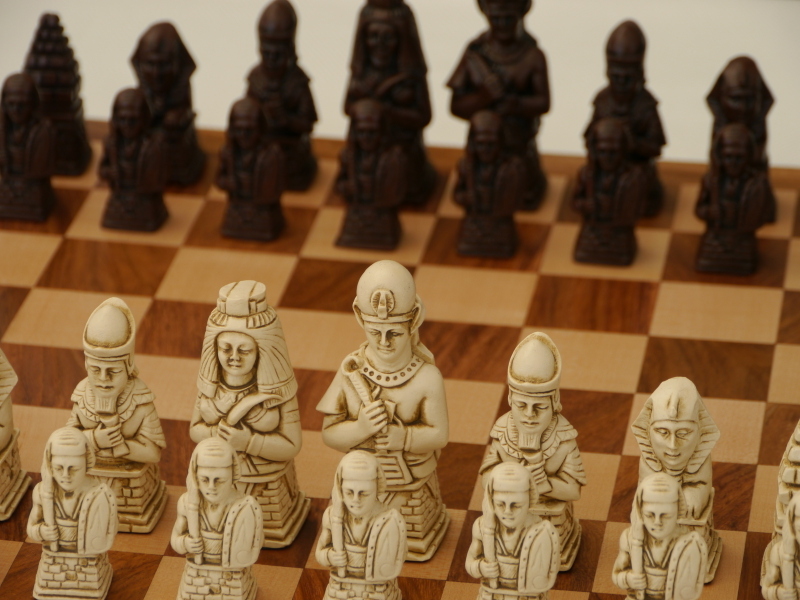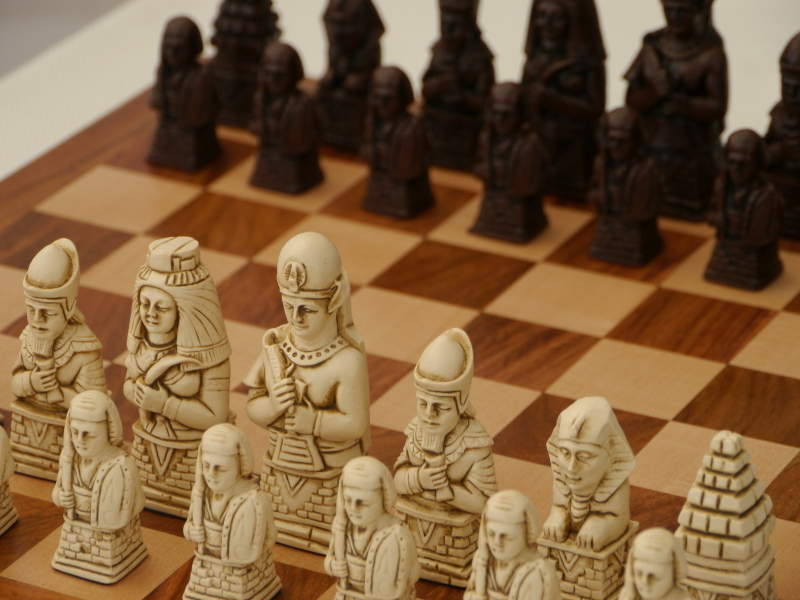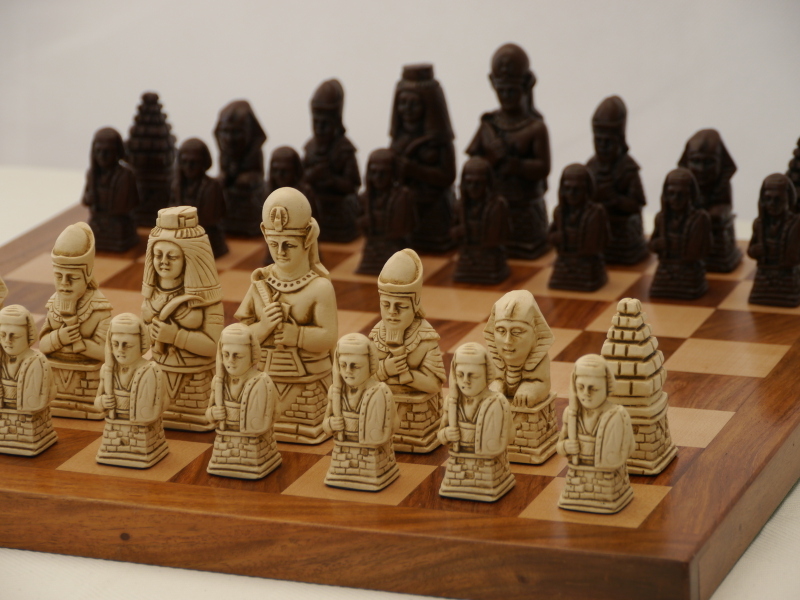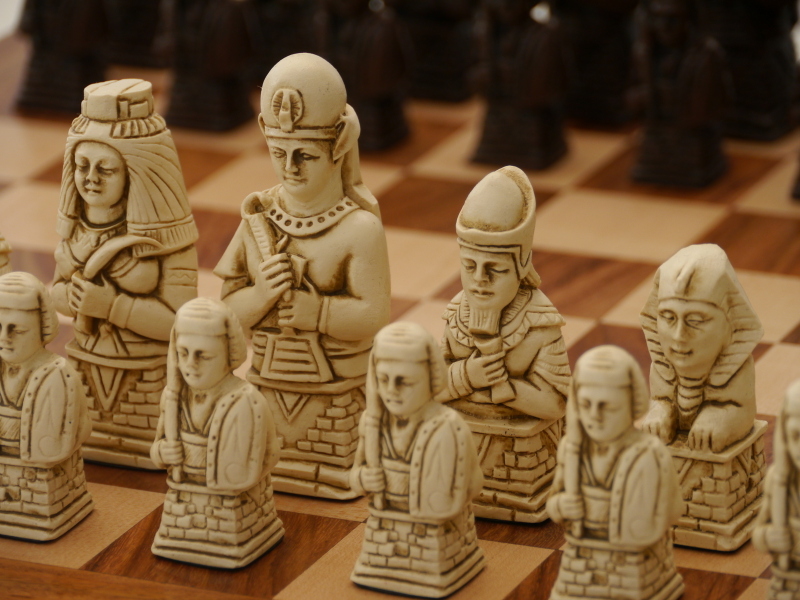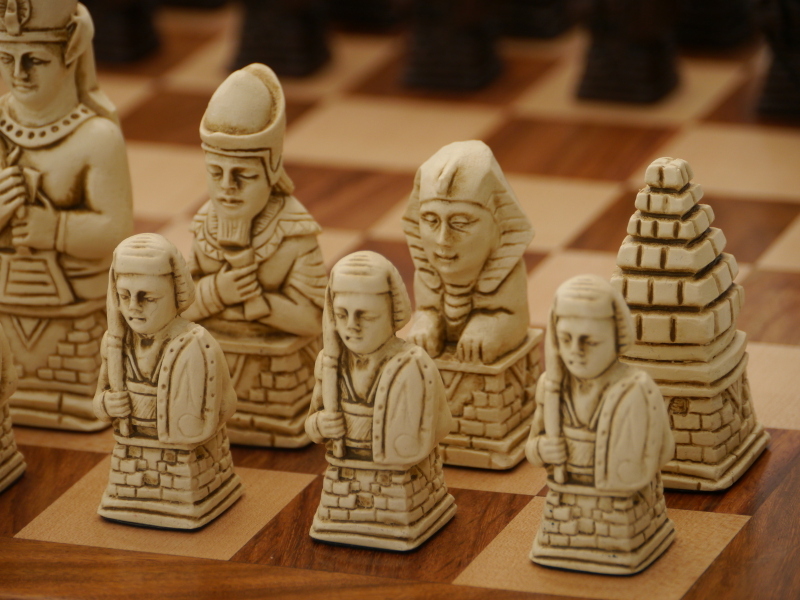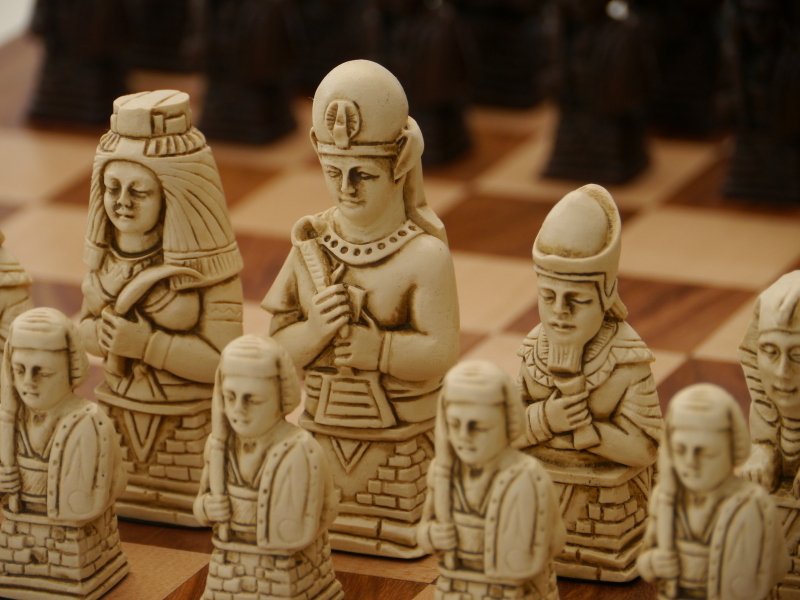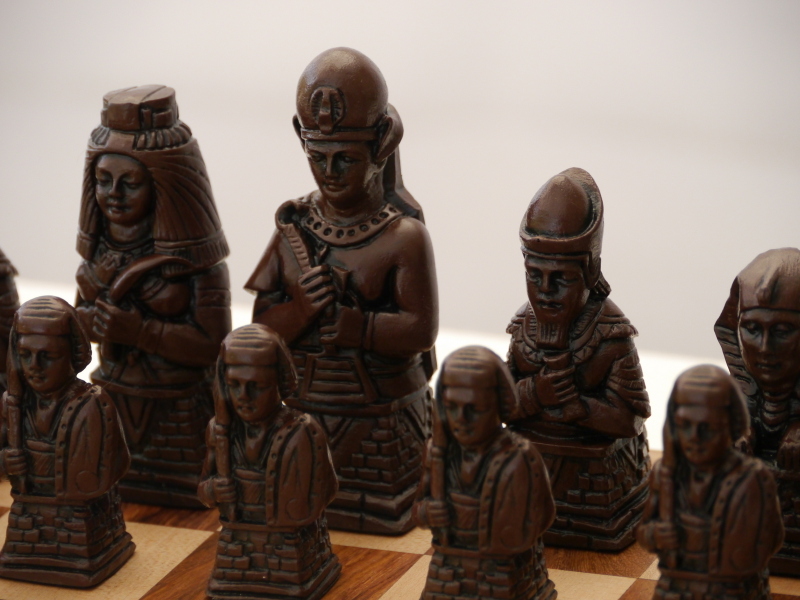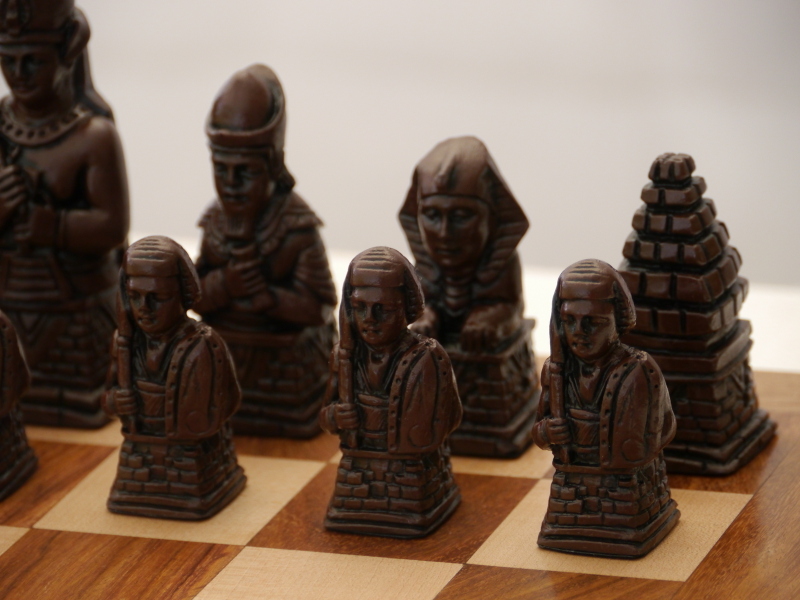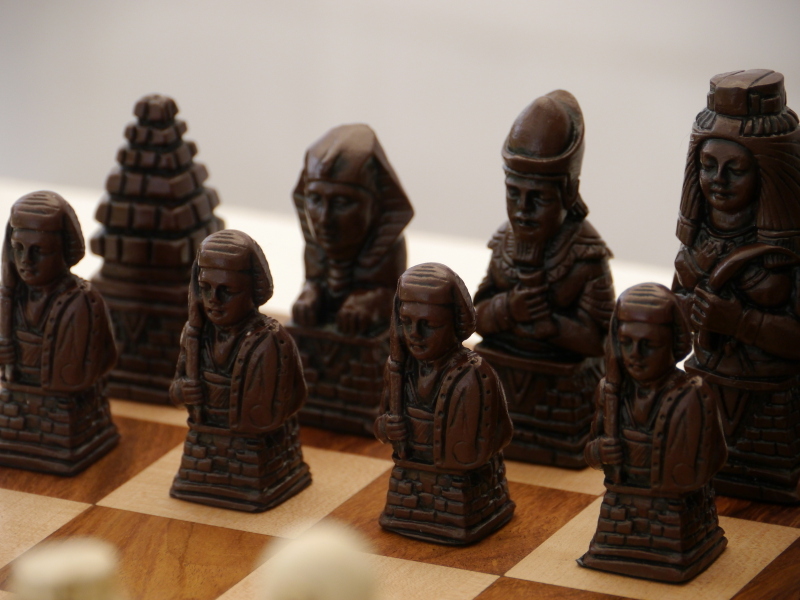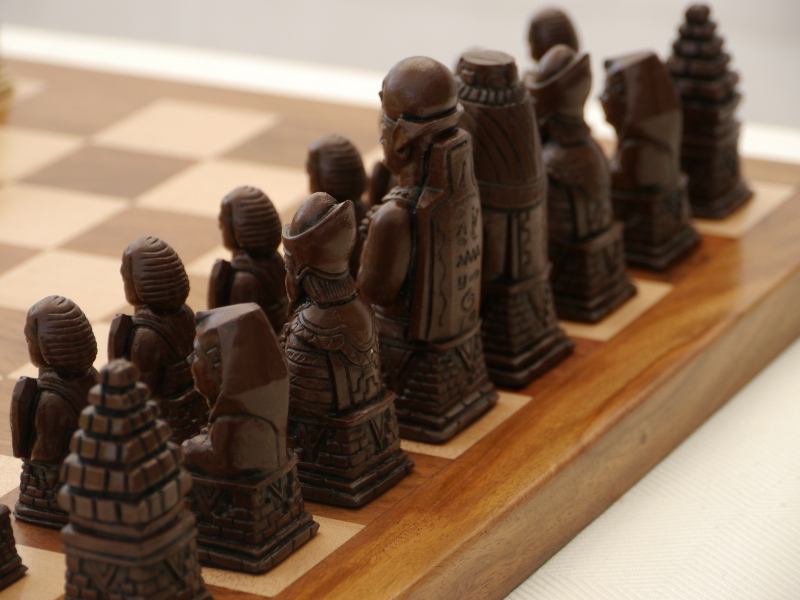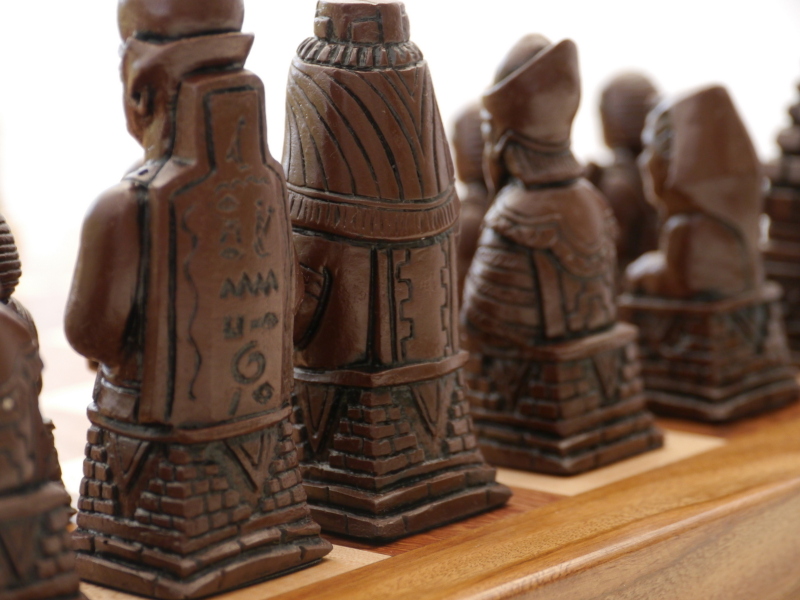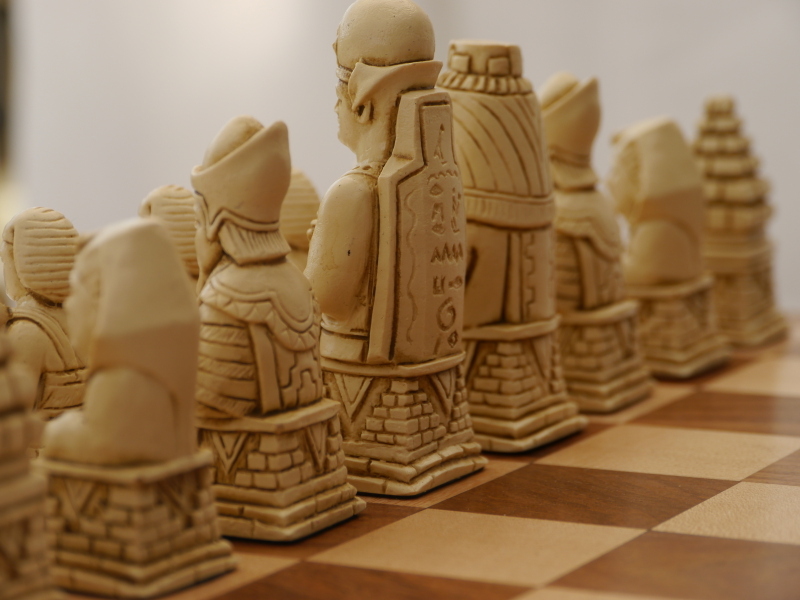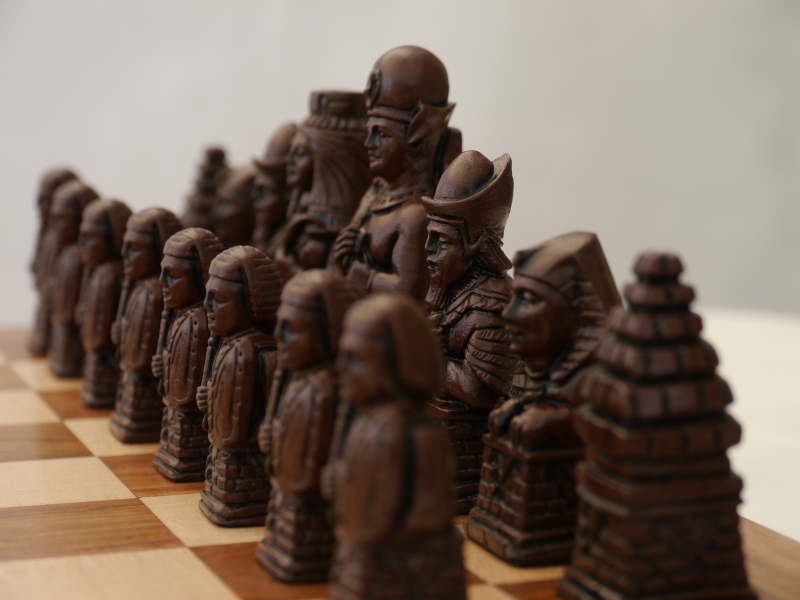BC2004: Egyptian – Brown
Egypt is one of the cradles of civilization in the Middle East. Traces of early man were found in Egypt dating back as early as 700,000 years ago. Egypt and ancient Canaan to the north probably served as the bridges by which successive waves of early humans evidently migrated out of Africa and into Mesopotamia and Europe. Ancient Egyptians used a phonetic-pictograph writing called hieroglyphics by the Ancient Greeks. This system evolved from portrayal of pictures of objects to using stylized representation of objects to represent sound combinations and compose words, to a phonetic alphabet much like our own. Ancient Egypt boasted considerable achievements in art, medicine, astronomy and literature, and was the hub of civilization in much of the Near East and North Africa.
The unique history of ancient Egypt and visible monuments to that history helped Egyptians to preserve a distinct national consciousness, and to remain a separate entity during the years of Arab, Mameluke and Ottoman conquest. Until the conversion to Christianity, Egyptian polytheistic religion centered around the after life. Pharaohs and rich Egyptians built elaborate tombs in caves or in Pyramids, decorated with elaborate art on the interior and containing jewelry and objects that would be needed in the after-life, and in some cases servants and slaves who were interred with their master. The walls of pyramids were decorated with elaborate stylized frescos such as the one at right, in which noble persons were shown as larger than slaves, and subjects were drawn in profile. In other periods, all subjects were shown in frontal view only. The king or noble person had his or her body embalmed, wrapped in linen, and enclosed in an elaborate carved coffin as a mummy.
The many achievements of the ancient Egyptians include the quarrying, surveying and construction techniques that supported the building of monumental pyramids, temples and obelisks; a system of mathematics, a practical and effective system of medicine irrigation systems and agricultural production techniques, the first known planked boats, Egyptian faience and glass technology, new forms of literature and the earliest known peace treaty made with the Hittites Egypt left a lasting legacy. Its art and architecture were widely copied, and its antiquities carried off to far corners of the world. Its monumental ruins have inspired the imaginations of travelers and writers for centuries. A new-found respect for antiquities and excavations in the early modern period by Europeans and Egyptians led to the scientific investigation of Egyptian civilization and a greater appreciation of its cultural legacy.
Berkeley Chess has produced this beautifully crafted chess set featuring a typical Pharaoh of Ancient Egypt together with poignant symbols of this ancient civilisation.
Metrics: BC2004 Egyptian – Brown. King Height 3.75″ (9.5cm). King Dia 1.25″ (3.2cm). King Weight 85g (3oz)
Download High-Resolution Images of this model

